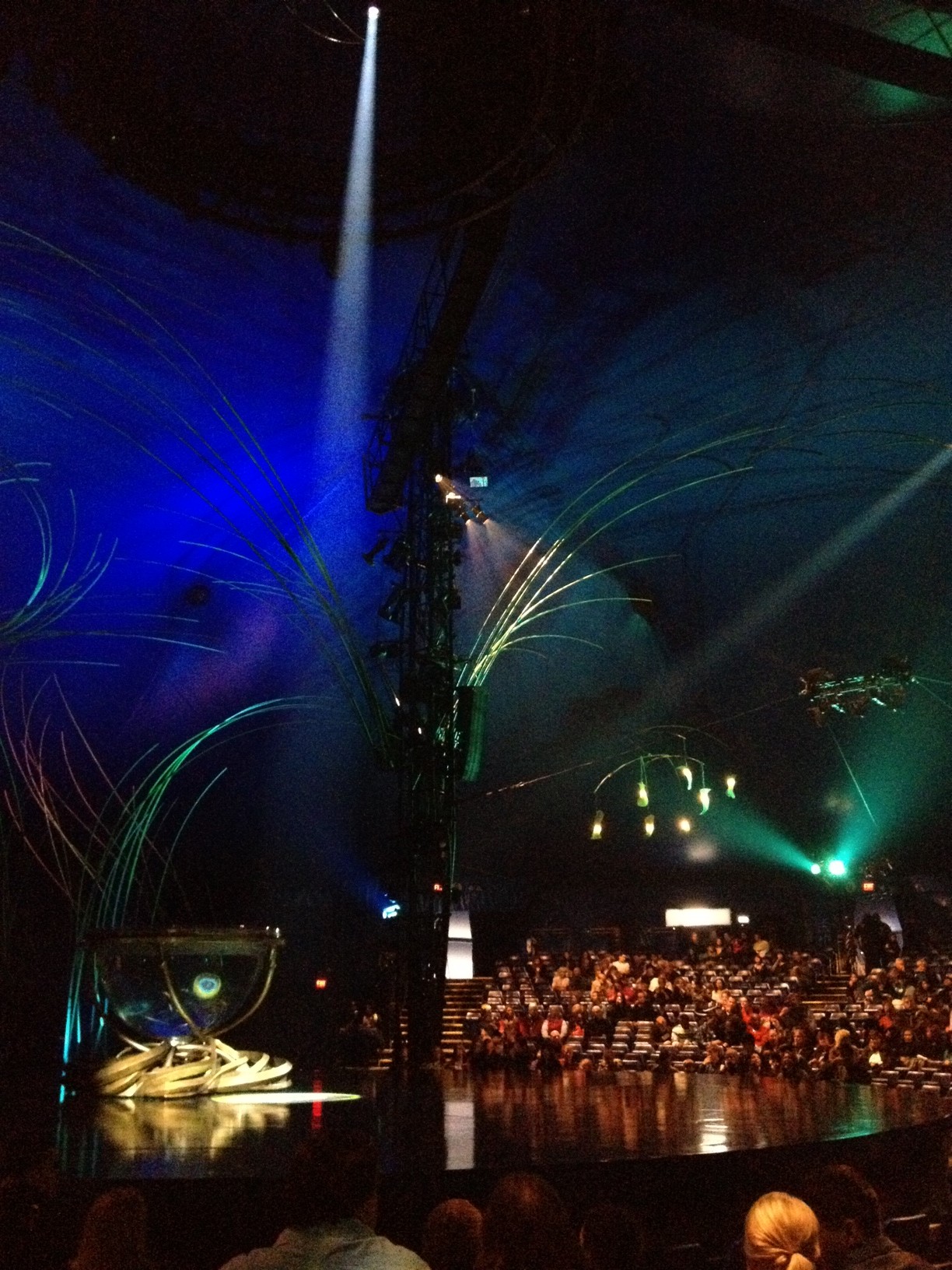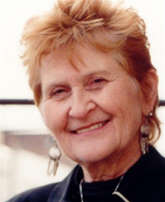The craft of stage performance is a critical part of every performing artist’s success. This weekend, I watched three excellent performances: Cirque du Soleil’s Amaluna, the emerging Seattle female music duo Lemolo, and veteran Disney and boy band performer, Justin Timberlake, on Saturday Night Live. As an artist watching these three performances, it struck me that stage skills are more important, in some ways, than musical talent. An audience is transfixed, transported and transformed by a great performance – the material is almost secondary. I learned some important things watching these performances.
“Music is the shorthand of emotion.” – Leo Tolstoy
Cirque music always fascinates me, because the musicians are creating a real-time, live soundtrack for the stage performers. Music is a critical part of the show. The vocalists are front and center from the beginning, and guitarists and drummer walk around the stage and audience during the show. They all have great costumes. The lyrics are generally not in English, or there are none, but the music is powerful nonetheless (or perhaps because of this). I could relate especially well to the Amaluna show, since the musicians are all female – and not all in their twenties. These women rocked, and they looked good doing it.
What Cirque musicians have mastered is the focus on emotion. Even without decipherable lyrics, the musicians express and amplify the stage show as they guide the unfolding story. It’s pure, emotive expression – the anchoring principle of every good performance. As performers, we must transmit something deeply emotional to the audience. The technical details matter far less than making that connection.
“I am having so much fun performing, I feel almost guilty. I think, my God, I hope no one comes and busts me for this.” – David Crosby
Another key to the brilliance of these performers is that they are obviously enjoying what they’re doing. Watching Justin Timberlake do his routine as a street-singer restaurant mascot is riveting. Despite being dressed in a foam tofu outfit, he rocks and bops, he sings and shimmies, and he looks like he’s having the time of his life doing it.
Every audience wants to see a performer having a good time. It’s infectious. We watch Timberlake take over a stage and we’re right there up on stage with him, vicariously grooving. I’m not a fan of Timberlake’s newest song, Suit and Tie – it seems too derivative to me (a Motown rip-off) – but watching him perform it is a joy. The technical details, the musicality – most of it doesn’t matter to the audience, because we just love watching someone else have a good time on stage.
“I caught on fire twice on the stage, but I was promptly put out. It was just my leg.” – Tre Cool
The audience will overlook even blatant errors when the rest of the performance carries the show. Failure happens at least once or twice in most Cirque du Soleil shows. The tightrope walker fell, and a performer on the parallel bars missed and fell flat on the mat. In both cases, the audience was palpably shocked, but then started rooting for the performer to complete the act. Most musical blunders aren’t anywhere near that obvious. The key is moving on with the show as if it didn’t happen.
During Lemolo’s performance, there were a few mis-starts and mistakes, but I think the audience would barely have noticed them if the artists themselves hadn’t pointed them out. It’s an old adage, but so true: as artists, we are far more critical of our own performances than the audience is, because we’ve done it a thousand times. But they haven’t. We know what we were supposed to be doing, but the audience rarely does. If we don’t call attention to them, our mistakes usually go completely unnoticed.

“I’d rather be hated for who I am, than loved for who I am not.” – Kurt Cobain
The best performers are not trying to please the audience, they are simply doing their thing. Lemolo is a great example of this. They make an amazing variety of sounds for two people – both play keyboards, one plays drums, one plays guitar and sings. The drummer plays with abandon. Their music is a bit quirky, their delivery unconventional. There is a certain self-absorption to their music, a certain navel-gazing repetition to both lyrics and music, but that’s part of the charm. I liken them to Bjork meets Philip Glass with a touch of Keith Moon thrown in. They’re not for everyone, but they’re certainly memorable.
Performers all want to be loved, of course, but it’s also worth noting that an audience will remember a performance if it is unique and personal – even if they don’t like the music. It may be hard to accept this, but we can’t please everyone all the time. We can, however, be memorable. The best way to be unique, to be memorable, is to amplify and exaggerate who were are, because no one else can do that quite the way we do.
“Most people are prisoners, thinking only about the future or living in the past. They are not in the present, and the present is where everything begins.” – Carlos Santana
The best performances happen when both performer and audience are completely wrapped up in the moment. As a performer, I know that feeling of being “in the zone”, when the world falls away, and it’s just me, my fellow performers and the audience.
As I sat in the audience this weekend, I was completely focused on the experience, I was “in the zone”, in the present. The performers on stage were likewise completely focused on that moment. This is where the magic happens, where the bond between performer and audience is created. It’s where the transaction and transfer of emotion and connection is born. Focusing on the moment is the Tinkerbell fairy dust that let’s us fly away together to another world, audience and performer, even if for just a brief time.
“I was raised in the environment where it really wasn’t about sittin’ around dreaming all the time, it was about practicing and workin’ really hard and if a dream ever came to you, you’d be prepared for that opportunity.” -Harry Connick, Jr.
Lastly, it’s clear when you watch all three of these performers (or casts), that they are superbly rehearsed. None of the things listed above can happen if you’re not prepared, if you’re worrying about remembering your lines, or if you don’t have an extra guitar string or pick in your pocket. My experience with performing is that the more you perform, the easier it gets. The stage fright becomes less debilitating, and the magic moments come much more often. Practicing creates muscle memory. This reduces the performer’s focus on the details and mechanics of the performance. This gives space for the emotion of the piece to come to the surface and expand.
Bring It
As audiences, we pay artists to dig deep and bare their souls. It’s exhausting work, but it’s the essence of art, and art is the essence of living. Artists have a gift. Our gift is that by expressing emotion, we can transport the audience somewhere else during our performance. It’s a calling to be an artist – we all know we’re not in it for the money. Our biggest reward is to connect with others in a meaningful way. If you haven’t seen it yet, watch Amanda Palmer’s TED talk on the art of asking and the emotional connection that is at the heart of the audience-performer transaction.
I took a lot away from these three performances. One thing I’m going to do later this year to enhance my own performances is to take a workshop with Tom Jackson. I believe it’s never too late to learn how to be a better performer. I want to know how to create that magic at will, not just cross my fingers and hope it happens.
What about you – are you a performer? How do you make your performances riveting? Have you been to any riveting shows recently with amazing performers? What did you take away from that experience? Do you have any tips to share about performing?




